Mountain Pavilion:
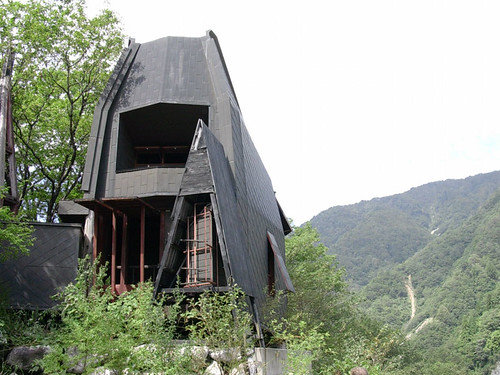
Inami Woodcarving Museum:
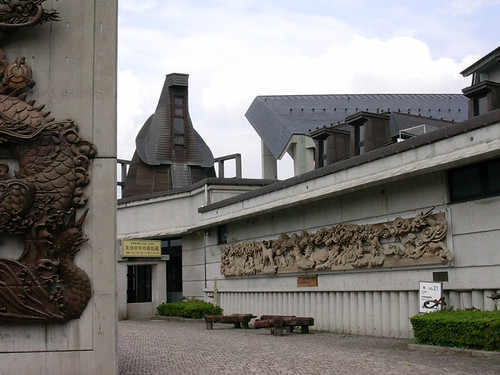









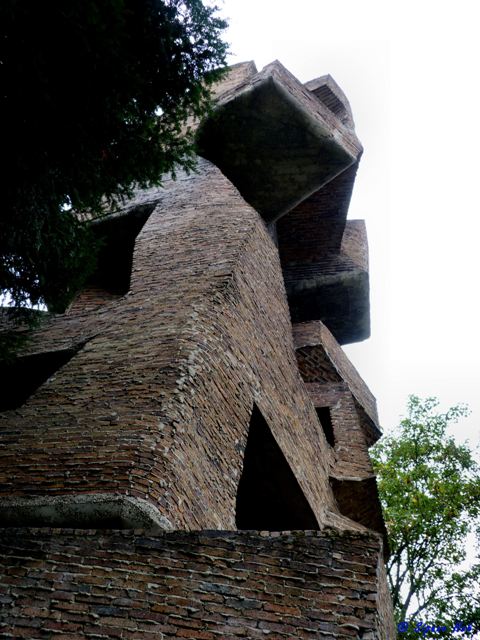
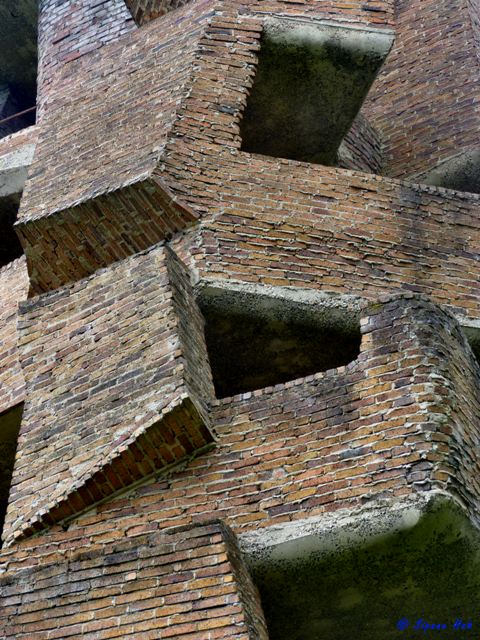
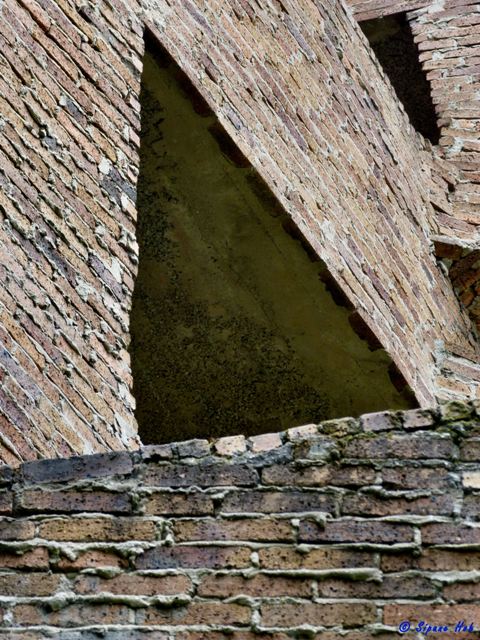
:: Join and add photos to the archidose pool, and/or
:: Tag your photos archidose




ARCHI/MAPS
"An eclectorama of architecture + maps." (Via Design Observer; added to sidebar under Blogs » Architecture.)
Archive of Affinities
A tumblr blog. (Via Design Observer; added to sidebar under Blogs » Architecture.)
formpig
"A resource aggregator for the pre-rationalization and post-rationalization of architectural scale form." (Added to sidebar under Blogs » Architecture.)
Projetar Casa Magazine
House Project Magazine. (Added to sidebar under Architectural Links » Publications.)
Visual Complexity
"A unified resource space for anyone interested in the visualization of complex networks." (Added to sidebar under Blogs » Design.)


1 - Glass House, 1949While the book certainly can't replace a visit to The Glass House -- which, tsk tsk, I've yet to do -- it definitely paints a pretty picture. As well, a number of archival photos (showing Johnson eating lunch at the Pavilion, for example) remind readers that it was also a place for living, of emotions, of dreams, not just the preserved monument of modernism it has become. Yet it's easy to see Johnson planning for the estate's posthumous existence, not just in his bequeathing it to the Trust but in the way he treated the land as a canvas for exploration, moving from modernism to postmodernism to deconstructivism. Of course it's the first house that is still the main draw. It remains the most famous project for a style-shifting architect whose self-importance is evident in the way the house puts the occupant on display, and the way he put his and Whitney's once private 47-acres on display for anybody who pays the admission.
2 - Brick House, 1949
3 - Pavilion, 1962
4 - Painting Gallery, 1965
5 - Sculpture Gallery, 1970
6 - Entrance Gate, 1977
7 - Library/Study, 1980
8 - Ghost House, 1984
9 - Lincoln Kirstein Tower, 1985
10 - Da Monsta, 1995
 CA:
CA: 









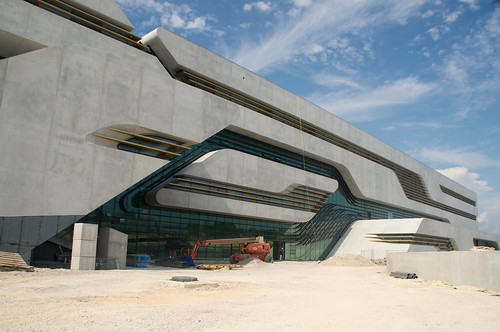

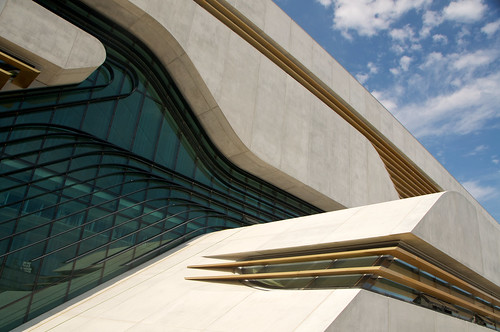
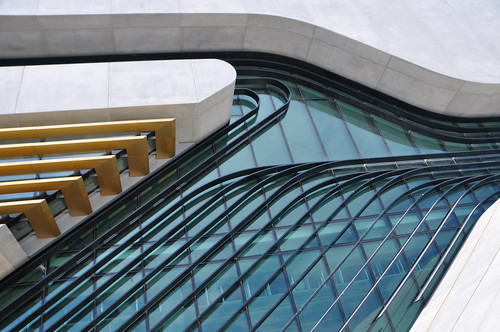
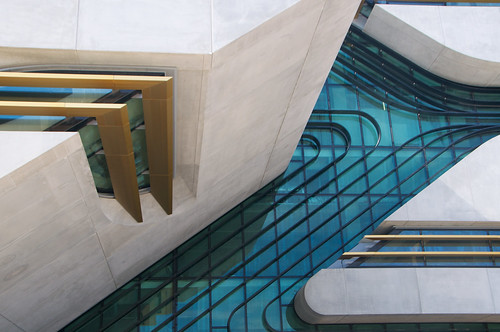
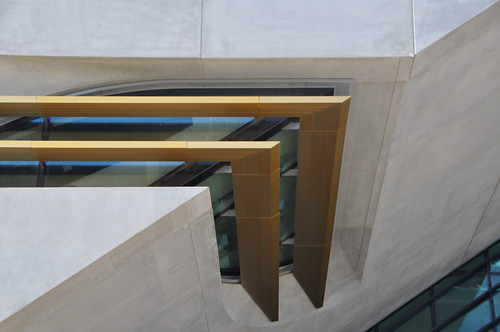
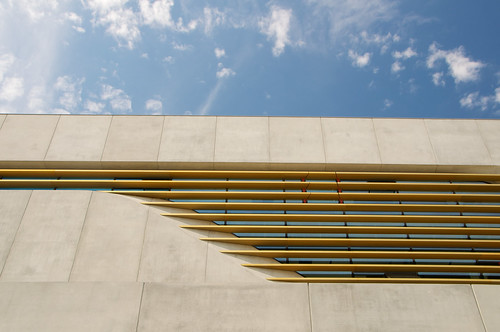
:: Join and add photos to the archidose pool, and/or
:: Tag your photos archidose

» Elizabeth Diller and Ricardo Scofidio in 1999In the various fields that the MacArthur Foundation recognizes, architecture is easily one of the smallest in terms of number of fellows.
» Samuel Mockbee in 2000
» James Carpenter in 2004






ArchitectuRed
Newish blog by a NYC-based student. (Added to sidebar under Blogs » Architecture.)
Designblog
"An online research project initiated by Henk Groenendijk at the Gerrit Rietveld Academie." (Added to sidebar under Blogs » Design.)
Mid-Century Mundane
"The most exciting of mundane mid‑century architecture." (Added to sidebar under Blogs » Architecture.)
San Gennaro North Gate
An installation at Houston and Mulberry Streets greets visitors to the San Gennaro Festival, Sep. 15-25.
Thoughts on Architecture and Urbanism
"These are notes and articles based on Architecture and Urbanism by Myriam Mahiques." (Added to sidebar under Blogs » Architecture.)
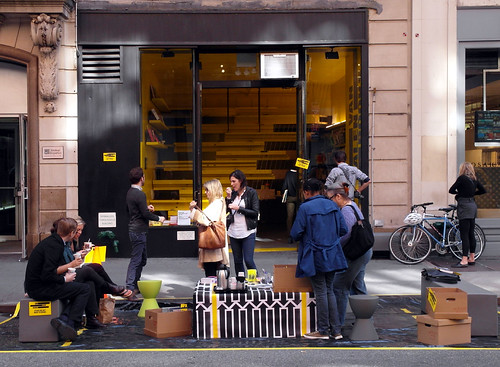

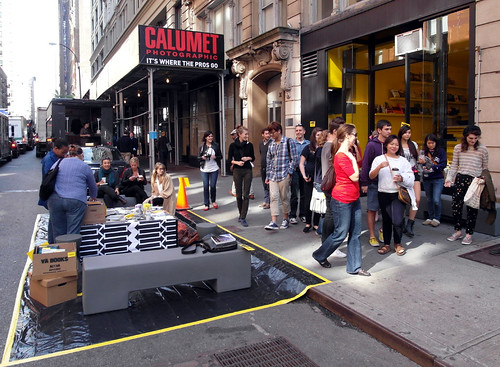
:: Join and add photos to the archidose pool, and/or
:: Tag your photos archidose
To contribute your Flickr images for consideration, just: